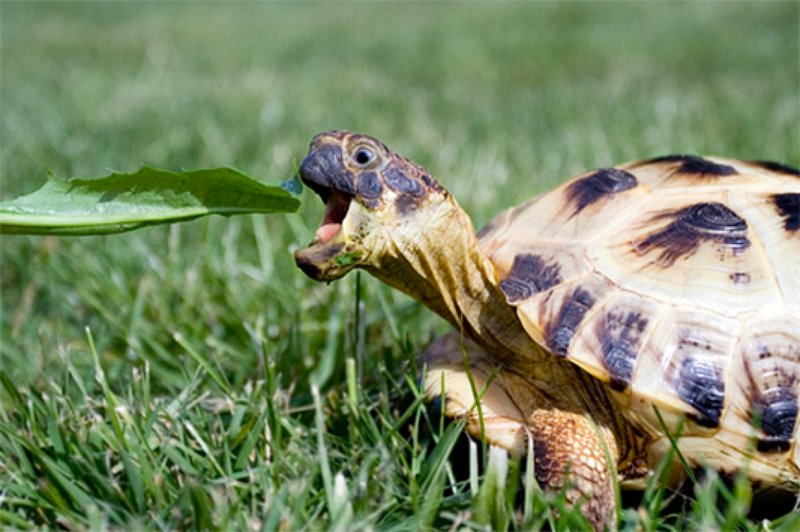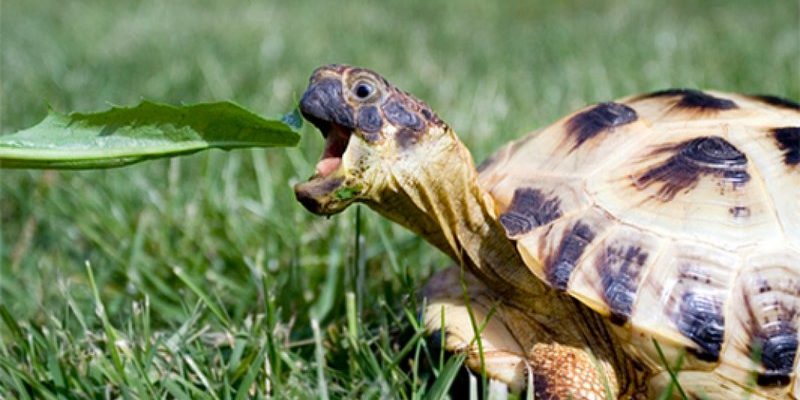
Russian tortoises, known for their sturdy shells and friendly dispositions, hail from the dry, rugged landscapes of Central Asia. They’re not just adorable; they’re fascinating creatures that need a specific environment to thrive. Let’s dive into the essentials of their temperature and humidity needs, so you can keep your shelled friend feeling right at home.
Understanding the Natural Habitat
To truly grasp the needs of your Russian tortoise, it helps to understand where they come from. In the wild, these tortoises roam arid plains and scrublands where the sun shines bright, and the air tends to be dry. Imagine them basking on a warm rock during the day, soaking up the sun, and then retreating to cozy burrows when the temperatures drop at night.
In captivity, you want to recreate that environment as closely as possible. This means providing a hot side and a cool side in their habitat. The hot side should mimic the sunbaked rocks of their natural home, while the cool side should allow them to cool off when they need to. Without this range, your tortoise might stress out or even suffer health issues.
Optimal Temperature Range
So, what’s the magic number when it comes to temperature? The ideal temperature for your Russian tortoise should be between 75°F and 80°F on the cooler side, and 90°F to 100°F on the basking side. You might be wondering, how do I achieve this in my tortoise’s enclosure?
First off, a reliable thermometer is essential. Place it in both zones to monitor the temperatures accurately. For basking, consider using a basking bulb or a uvb light. These not only warm up the space but also provide the UVB rays necessary for their shell health. Just remember, too much direct heat can lead to dehydration or burns.
At night, it’s fine to drop the temperature a bit. Keeping it between 65°F and 75°F will simulate their natural nighttime conditions. Just be cautious—if it gets too cold, your tortoise may go into brumation, which is a hibernation-like state that’s not ideal for every tortoise.
Humidity Levels to Consider
Now, let’s talk about humidity. In the wild, Russian tortoises experience low humidity levels, usually around 30% to 50%. But don’t let that fool you into thinking they don’t need any moisture at all. Too dry, and their skin can become flaky; too humid, and they can develop respiratory issues. It’s all about balance.
To maintain the right humidity level, consider using a humidity gauge. This will help you keep track of the moisture in their habitat. If you notice the air is too dry, a simple spray of water can help, or you can also add a shallow dish of water that they can soak in. Just be careful with this—standing water can turn into a breeding ground for bacteria.
Creating the Perfect Habitat
Creating a suitable habitat for your Russian tortoise is like decorating a space to help you feel calm and cozy. You want a mix of warm basking spots and cooler hideaways. Use substrate like coconut coir or aspen shavings, which can help retain some moisture while allowing for good drainage.
Include plenty of hiding spots, like logs or rocks, where your tortoise can retreat when they feel the need to cool down. Honestly, tortoises are quite shy and appreciate a little privacy! Aim to mimic their natural settings as closely as you can.
You might also want to consider an outdoor enclosure during warmer months. Just keep an eye out for direct sunlight and provide shade if it gets too hot. Fresh air and natural sunlight can do wonders for their mood and health!
Monitoring and Adjusting Conditions
Once you’ve set up your tortoise’s environment, it’s important to monitor it regularly. Things can change—like the weather or the time of year—so be ready to adjust accordingly. This might mean adding a heat lamp during colder days or checking that the humidity stays in check during the summer months.
You might also want to keep an eye on your tortoise’s behavior. If they’re basking more than usual or hiding away, it could be a sign that their environment isn’t quite right. Honestly, your tortoise will tell you what they need if you take the time to observe.
Investing in quality equipment—like thermometers, humidity gauges, and basking lights—can make this monitoring easier. It’s a small price to pay for your tortoise’s well-being.
Common Mistakes to Avoid
Even seasoned tortoise owners can slip up on the essentials. Here are a few common mistakes to watch out for:
- Ignoring Temperature Fluctuations: Failing to monitor changes can stress your tortoise. Always check the temperatures at various times of the day.
- Overestimating Humidity Needs: Remember, Russian tortoises thrive in drier conditions. Too much humidity can lead to health issues.
- Inadequate Lighting: UVB light is crucial for calcium absorption and shell growth. Don’t skimp on this aspect.
Let me explain: each of these mistakes can lead to bigger problems down the line. By being aware and attentive, you can help your tortoise live a longer, healthier life.
Creating the perfect environment for your Russian tortoise takes some effort, but it’s well worth it. By ensuring the right temperature and humidity, you help your little friend thrive. Just imagine how much happier they’ll be when they have a cozy place to bask, cool down, and explore.
Remember, it often comes down to observation and adjustment. Keep a close eye on your tortoise’s habits and the conditions of their habitat. With a little patience and care, you’ll provide a home that echoes the warmth and dryness of their native land. So, go ahead and nurture that little shelled buddy of yours—you both deserve a great experience together!

